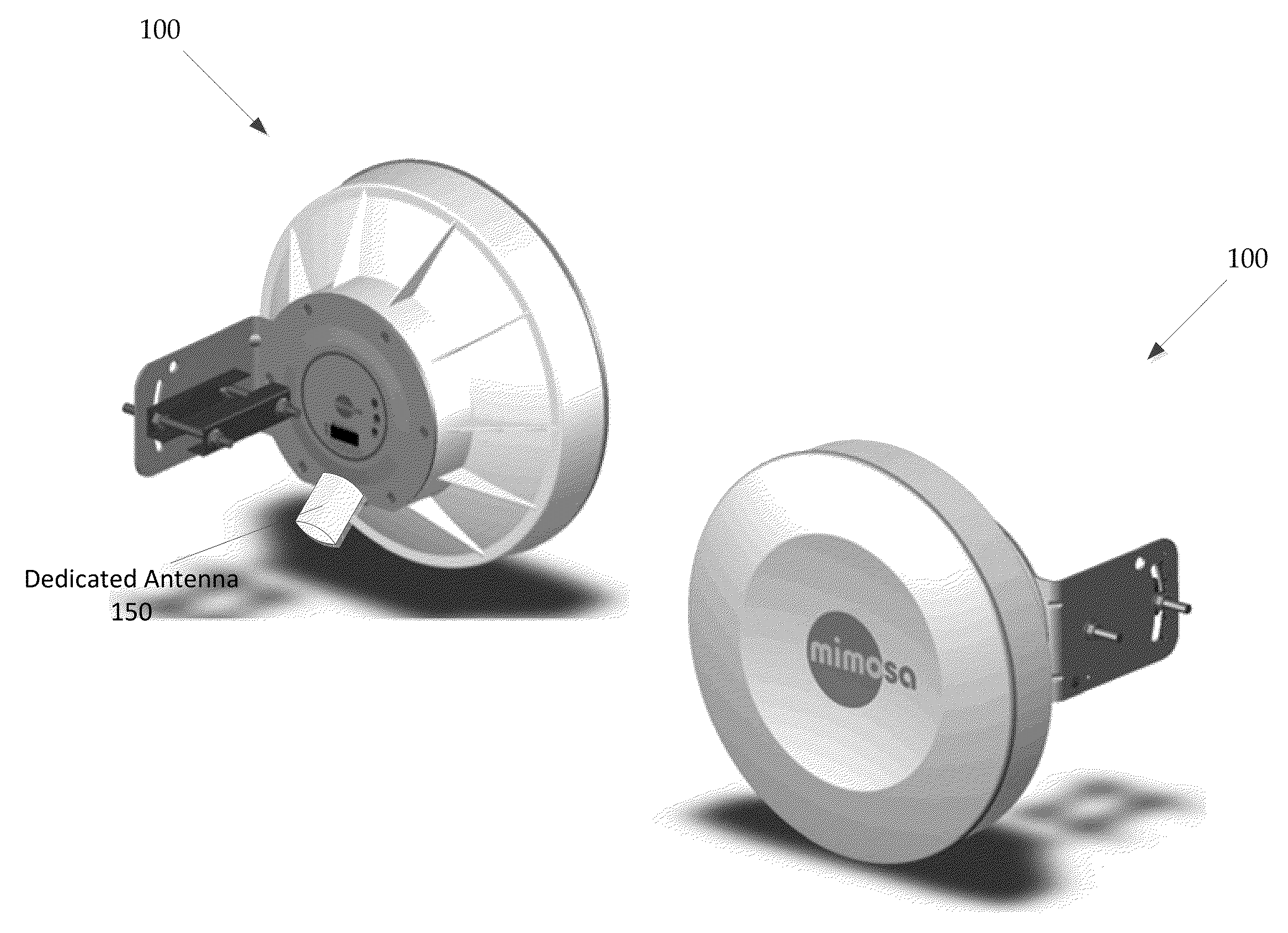Georgia Tech inventors have created a software called Glia that enables Wi-Fi networks to operate at an optimal data rate, improving data throughput and therefore the performance of applications requiring high bandwidths. This improvement to wireless data throughput can reduce the bandwidth gap between wireless and wired data networks. This software-only solution allows the multiple radios in a Wi-Fi array to act as one single radio, occupying all the channels at the same time and achieving their optimal, aggregated transmission rate. Glia can optimize long- or short-range data transmission to improve data throughput for enterprise network deployments, wireless backhaul for wireless mesh networks, wireless video delivery networks for home or office, and other similar high-bandwidth applications. The software works with any off-the-shelf Wi-Fi radios, requiring minimal or no changes to their hardware or firmware. Glia is backwards compatible and can be implemented in existing Wi-Fi network environments, as well as with new deployments.
- Works with any off-the-shelf Wi-Fi radios, requiring minimal or no hardware or firmware changes
- Works with all frequency bands
- Backwards-compatible for deployment in existing Wi-Fi network environments
- Wireless data throughput rate improvement for new or existing Wi-Fi networks
- Enterprise network deployments
- Wireless backhaul for wireless mesh networks
- Wireless video delivery networks for home or office
- Both long- and short-range data transmission
The speed at which data can be transmitted wirelessly has significantly increased over the past few years. However, even with the advancements made in wireless data technologies there still remains a need to continue to bridge the bandwidth gap that exists between wire-line and wireless data networks.

